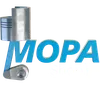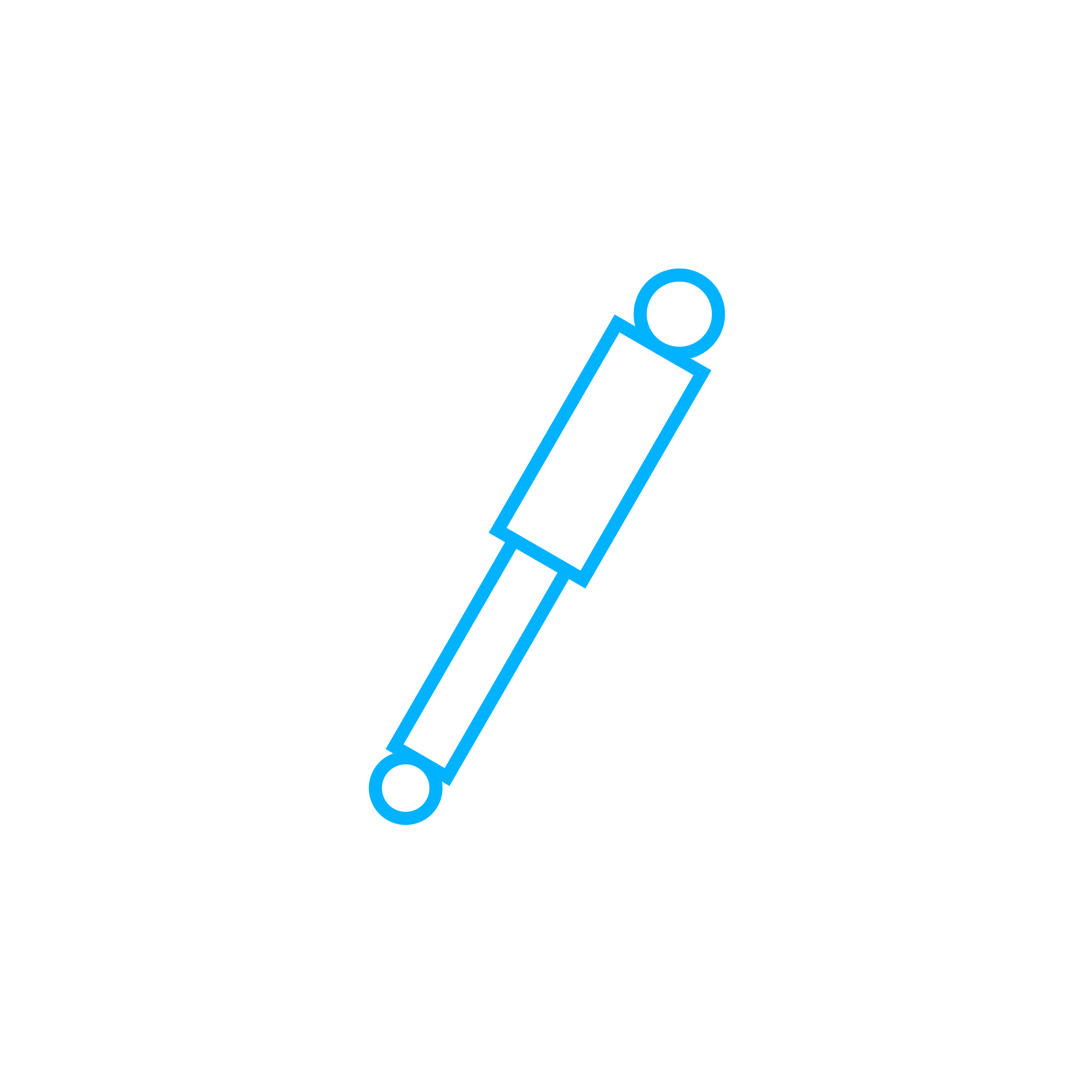DAMPER RING and Damping Elements for Marine and Industrial Engines
Damping elements are precision-engineered components that control vibration and shock in rotating machinery. In combustion engines—especially in a marine engine or heavy-duty diesel engine—these parts protect the crankshaft, couplings, bearings, and surrounding structures from harmful oscillations. Within this category, the DAMPER RING is a key element of torsional vibration control, converting dynamic energy into heat through viscoelastic materials and ensuring smooth, reliable operation across the speed range. Effective damping preserves alignment, reduces noise and vibration (NVH), and underpins both performance and service life.
Typical damping elements include torsional vibration dampers with an elastomeric DAMPER RING, flexible shaft couplings, rubber-metal mounts, and resilient foundations. Together, they isolate the engine from the drivetrain and the hull or foundation, minimize resonance peaks, and stabilize operation during load changes. For engine owners, purchasers, and technical managers, these parts are not accessories—they are risk-control hardware that protects vital assets and uptime.
Technical function: how DAMPER RING and damping elements stabilize engine dynamics
Every piston firing event induces torsional pulses in the crankshaft. Left unchecked, these pulses create resonance at certain speeds, amplifying stress and accelerating fatigue. A torsional damper—centered on a DAMPER RING—adds a tuned mass and a viscoelastic interface to counter these oscillations. In a diesel engine with long power strokes, the DAMPER RING shears microscopically as the crank accelerates and decelerates, dissipating energy and flattening the torsional spectrum. In a marine engine driving a reduction gearbox and long shaftline, this damping avoids destructive torque peaks that can damage gear teeth and coupling bolts.
Material selection and geometry are critical. Elastomers such as HNBR or silicone blends are chosen for oil resistance, temperature capability, and defined damping coefficients. The ring is bonded to a hub and inertia ring, then dynamically balanced to tight tolerances. When specified as OEM parts, the DAMPER RING is tuned to the engine’s calculated mass-elastic model, matching stiffness (k) and damping (c) to the crank’s natural frequencies and anticipated operating envelope. The result is lower peak stress, reduced bearing load, and improved efficiency because the engine can pass through critical speeds quickly and safely.
- · Reduces torsional vibration at critical speeds.
- · Stabilizes idle and improves transient response.
- · Protects crankshafts, couplings, and gear trains.
- · Lowers NVH for crew comfort and structural integrity.
- · Matches engine torsional model when sourced as OEM parts.
- · Uses oil- and heat-resistant elastomers for long service life.
- · Maintains dynamic balance for smooth rotation.
Beyond torsional control, other damping elements contribute to overall reliability. Flexible mounts and resilient couplings isolate radial and axial vibrations, preventing resonance in foundations and pipework. On gas engines with higher combustion variability, damping smooths torque ripple, supporting steady generator output and emissions stability.
Importance for engine operation and service life
Without effective damping, engines face a cascade of mechanical risks. Excess torsional excitation accelerates crankshaft fatigue, induces fretting at keyways, and overloads couplings and gear meshes. Bearings suffer from alternating loads and oil film disruption, while accessory drives experience belt flutter and pulley wear. In marine propulsion, structural vibrations transmit into the hull, increasing noise, causing bracket cracking, and misaligning the shaftline.
Wear or aging of the DAMPER RING reduces its damping capacity and shifts the tuned frequency away from design intent. Heat hardening, oil swelling, or bond degradation can appear long before visual cracks form. If an elastomeric ring loses compliance, resonance peaks re-emerge, often noticeable as a narrow RPM band with elevated noise or vibration and abnormal spectrums in condition monitoring data. Proactive replacement of damping elements at recommended running hours—or when vibration analysis indicates drift in torsional behavior—is essential to preserve service intervals and prevent costly unplanned downtime.
DAMPER RING maintenance cues in marine and diesel engine fleets
Watch for increased vibration near known critical speeds, rising gear whine, recurring coupling bolt loosening, belt dust on accessory drives, or heat discoloration on damper housings. Regular borescope checks, elastomer hardness measurement, and torsional vibration analysis provide objective replacement triggers. Documenting operating hours and ambient conditions (especially high jacket-water temperatures and oil contamination risks) helps align maintenance with real-world duty cycles.
Advantages of OEM spare parts suitable for damping elements and DAMPER RING
Choosing OEM spare parts suitable for damping elements ensures each component matches the engine designer’s torsional model and material specifications. Correct stiffness, damping, and mass are not “nice to have”—they are the basis for safe passage through critical speeds and for keeping bearing loads within design margins. Consistent elastomer chemistry preserves damping across temperature and oil exposure ranges, while certified balance tolerances protect against shaft-end runout and seal wear.
From a budget and lifecycle perspective, properly matched DAMPER RING and related damping elements reduce secondary damage risk, extend coupling and gear life, and minimize vibration-related maintenance on mounts, piping, sensors, and electrical cabinets. Traceable OEM parts also streamline classification approvals and documentation in marine contexts.
- · Exact fit and balance to OEM drawings and tolerances.
- · Validated damping curves for the specific engine model.
- · Durable elastomers for long intervals between replacements.
- · Lower total cost through fewer vibration-induced failures.
- · Reliable lead times and consistent quality control.
- · Compatibility with diesel and gas engine configurations.
MOPA: reliable partner for OEM parts—DAMPER RING and damping elements
MOPA supplies OEM spare parts suitable for damping elements across leading diesel and gas engine platforms, including torsional dampers with DAMPER RING assemblies, resilient mounts, and flexible couplings. Purchasers and technical managers rely on MOPA for speed in sourcing, consistent quality, and transactional security—from inquiry to delivery. Whether you operate a marine engine driving a fixed-pitch propeller or an industrial genset, MOPA streamlines procurement with expert application support and dependable logistics.
Our team understands torsional specifications, balance classes, and the documentation requirements common in classed vessels and critical power applications. That expertise ensures you receive parts tailored to your engine’s torsional profile and operating envelope, helping you maintain uptime and protect assets.
Conclusion: DAMPER RING and damping elements safeguard engines
Damping elements—especially the DAMPER RING in torsional dampers—are central to engine safety, efficiency, and longevity. Matched OEM spare parts suitable for damping elements deliver the precise damping performance your diesel or gas engine was built around.
Partner with MOPA to secure fast, reliable access to OEM parts for marine engine and industrial applications, and keep vibration under control from day one.

